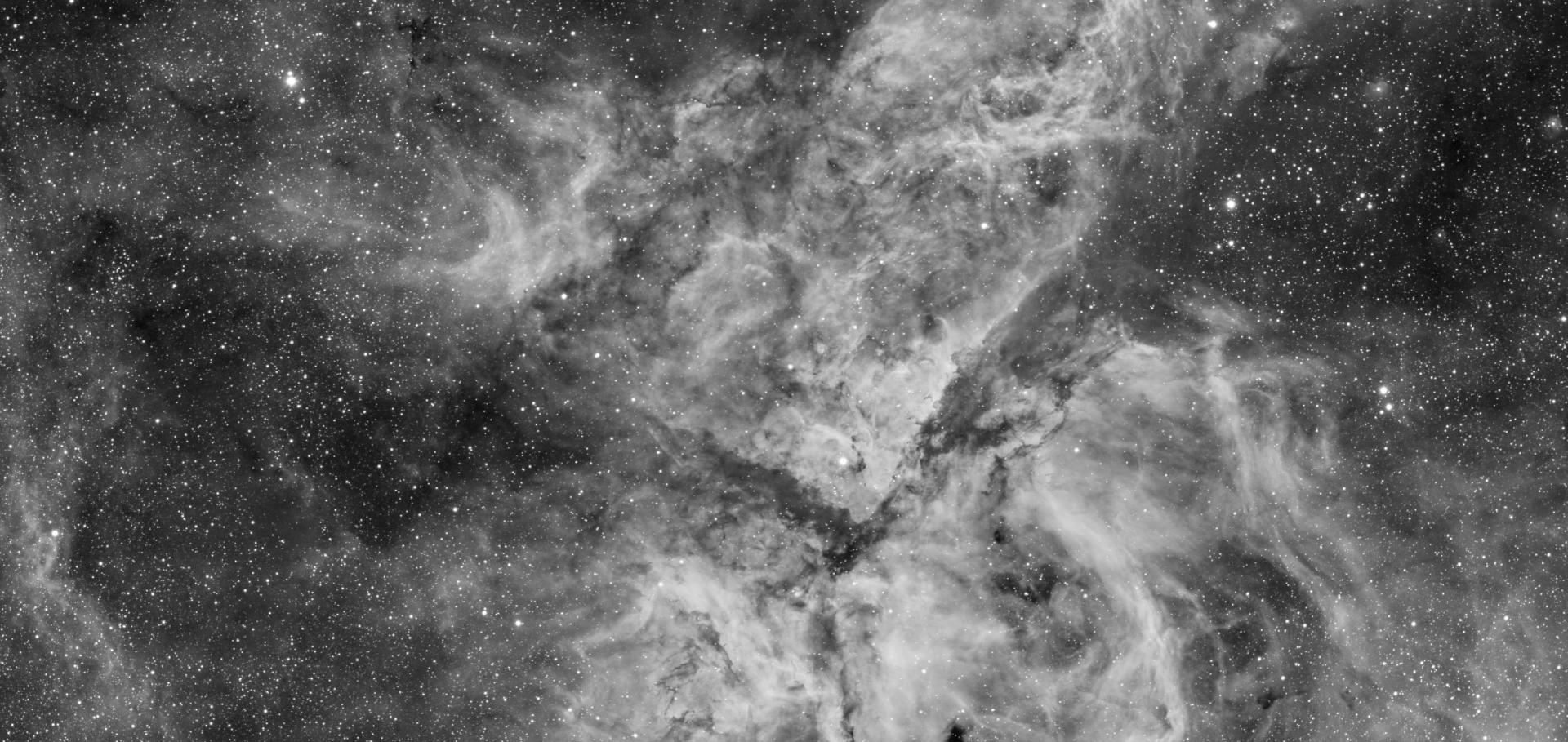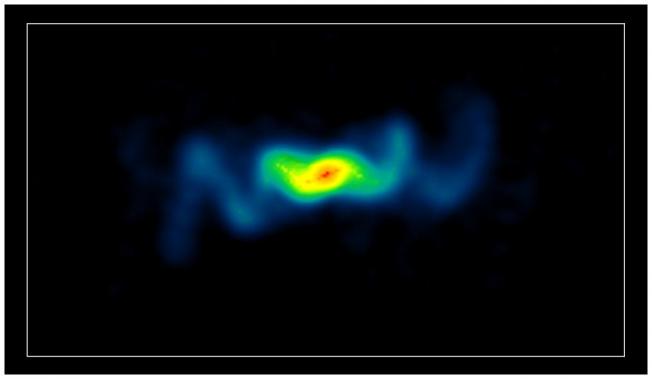The large-scale structure of 3C 31
ASTR SOC P 250 (2002) 437-442
Abstract:
The results of a multifrequency VLA imaging study of the nearby radio galaxy 3C 31 are briefly summarized. The transition between jets and lobes is much more complex than was apparent from earlier observations, and is associated with significant variations in spectral index. We demonstrate that the known depolarization asymmetry in 3C 31 is caused by foreground Faraday rotation in the halo of the host galaxy, but the details of the associated field and density structure are not yet clear.The nature of jets: evidence from circular polarization observations
ASTR SOC P 250 (2002) 152-163
Abstract:
We review recent observations of circularly polarized radiation from AGN made with the VLBA and with the ATCA. We also discuss briefly the detections of the Galactic sources Sgr A* and SS 433. The origin of the circular polarization is still an open question in most cases, and we discuss four possible mechanisms. Detectable circular polarization is a common property of quasars, but not of radio galaxies, and is always associated with the compact core. There is growing evidence that the sign of the circular polarization stays the same over at least 20 - 30 years, suggesting that it is a fundamental property of the jet.The origin of ultra high energy cosmic rays: where we are now and what the future holds
ASTR SOC P 250 (2002) 117-122
Abstract:
The observational picture for cosmic rays above 10(19) eV is described and the enigma that these results pose is discussed. The existence of particles above 10(20) eV may have an impact on our understanding of magnetic fields in intergalactic space and in possible sources.The parsec-scale central components of FRI radio galaxies
ASTR SOC P 250 (2002) 100-103
Abstract:
A majority of a complete sample of 3CR FR I radio galaxies show unresolved optical nuclear sources on the scales of 0.1 aresec. About half of the 3CR FR II radio galaxies observed with the HST also show Compact Central Cores (CCC). These CCCs have been interpreted as the optical counterparts of the non-thermal radio cores in these radio galaxies (Chiaberge, Capetti & Celotti 1999). We show that the optical flux density of the CCCs in FR Is is correlated with the radio core prominence. This correlation supports the argument of Chiaberge et al. that the CCC radiation is of a non-thermal synchrotron origin, which is relativistically beamed along with the radio emission.Too hot, too fast or forever young?
ASTR SOC P 250 (2002) 133-136



